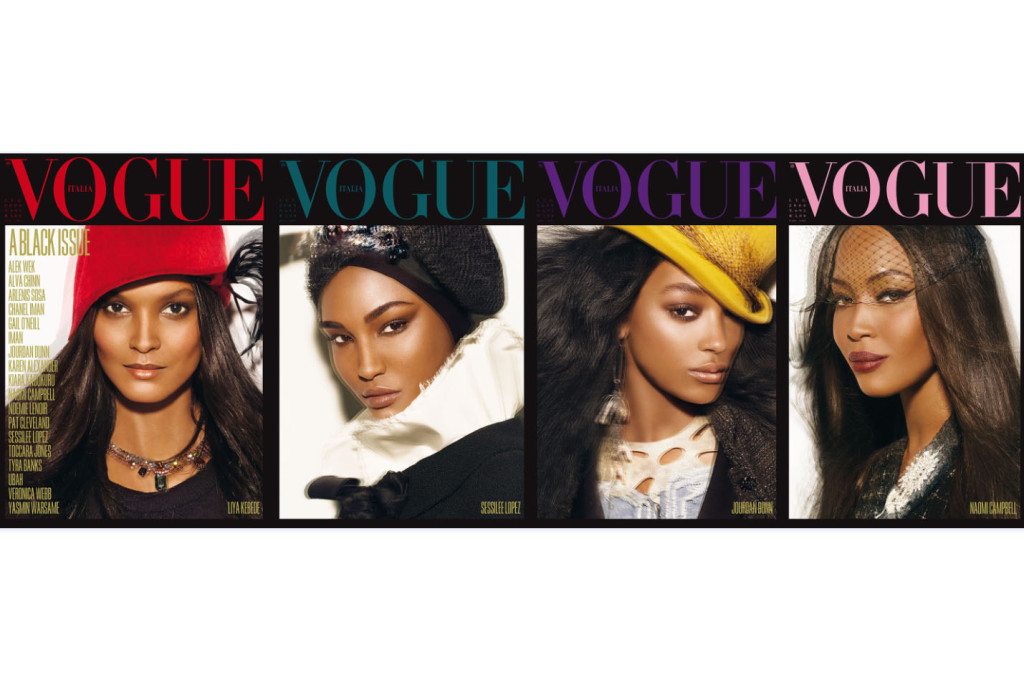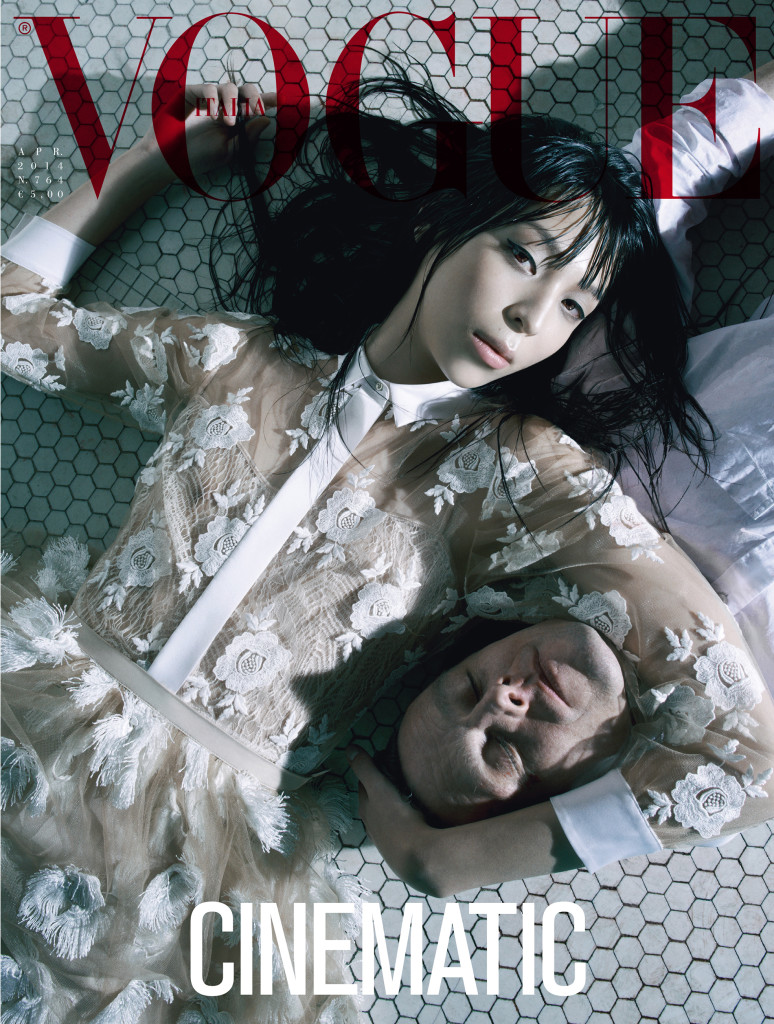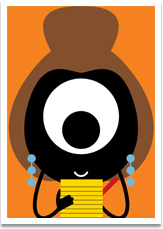Francesco Carrozzini’s film about his mother, the Editor of Italian Vogue, is a powerful personal journey
White daisies and scarlet poppies dancing in a field of green grass are on the Instagram of Franca Sozzani, Editor in Chief ofVogue Italia.
A graceful vision of high summer? A serenade of nature in a world of fashion artifice? The light-handed image has a depth of meaning: Franca’s heartfelt sadness at the loss of 300 victims of last month’s Italian earthquake.
“Love my country” is the final statement on this poetic posting of nature’s rendition of the green/white/red of Italy’s tricolore flag. But then, linking deep meaning with visual power is the essence of her work of 28 years at Vogue Italia.
Much more of her personal story comes through in Franca: Chaos and Creation than just her work ethic, her wild visual imagination and the concept of reflecting the woes of the world. These have included Franca publishing Steven Meisel photographs of models washed up on a beach, drowned in black oil, to reflect the BP oil spill of 2010.
The director of this film, selected for this year’s Venice Film Festival, is Francesco Carrozzini, Sozzani’s only son, who used the six years of filming as a way to forge a deep adult relationship with his mother.
One of the reasons he undertook the project was that after the death of his father, he felt that he had never really known him. In the back of a car, which Franca and Francesco use as a co-confessional, he discovers, live on screen, that his father was still married to another woman when he was born.
Although Franca states that a failure of her personal life balanced the soaring success of her provocative, controversy-courting Vogue career, this judgement seems too hard on herself. The love and warmth between mother and son acts rather as a counter-balance between private life and public drama at the arrival each year of an issue she dedicates to strong subjects.
These Vogues with a razor-sharp point of view included material that Jonathan Newhouse, Chairman and CEO of Condé Nast International, felt were too controversial for a fashion magazine.
But Vogue stuck with her and Franca continued with the daringly disruptive issues as if she had heeded the words of film director Baz Luhrmann, who says in the film that he urged his friend to “make the movie that only you can make”.
Franca presenting social issues in a challenging way meant using Stephen Meisel in particular. Visually, he created a Vogue Italia devoted to, among other relevant topics, re-hab as a gathering of rich kids, or – in a prophetic vision – cosmetic surgery as a normal part of fashionable life.
Franca’s greatest triumph was to produce an issue fighting racism that featured only black models, in July 2008. It caused a sensation, was re-printed three times and has made its mark on fashion history. Franca says simply, “Anyone could have done it. I did.”
Another issue fusing fashion with social issues in April 2014 was less well received: domestic violence, with a model in a blood-red dress, her hair in a pool across the floor.
“Why not use fashion to communicate?” is Franca’s riposte to this and other visual presentations that sent shock waves through the fashion industry.
As Francesco traces his mother’s trajectory, from her early years in a bourgeois Italian family to her role as a United Nations Ambassador and a supporter of important international social causes, there is the feeling that this determined little girl had strong views, even before she divorced at age 20 after being married for just three months.
Franca, with her rippling waves of blonde hair and the sweet face of a Botticelli painting, as French intellectual Bernard-Henri Lévy describes her, admits that she had always imagined for herself the bourgeois life of her parents in Italy, with “a country home and a beach house”.
Because Francesco’s narrative thread is entirely about his own relationship with his mother, he does not even include Franca’s sister Carla, who introduced her sibling to fashion and herself plays an important role in Italian fashion with her Milan concept store 10 Corso Como.
The power of Franca is expressed subliminally in the way she dresses: her tiny frame in a delicate, tiny coat for a work event in snowy Central Park in New York, or in the long, slim Valentino dress she wore to the Venice screening, looking every inch like a Botticelli.
So fragile and feminine in her own persona, Franca herself defines her fashion hero and mentor as Yves Saint Laurent, because he allowed women to dress like men.
Franca’s celestial position in the fashion world was shown by those who flew in to Venice and climbed aboard taxi boats to the Lido to support Francesco’s and her work – and to celebrate afterwards at a dinner thrown by Valentino Maison in a mansion on the Grand Canal.
“She left me alone,” said Peter Lindbergh, explaining why he was there as one of her clan of imaginative photographers.
The A-list of designers included Valentino Garavani and Donatella Versace, whom Franca has known since Gianni Versace brought sexual and disruptive energy to Italian fashion, as well as Miuccia Prada, Riccardo Tisci of Givenchy and Giambattista Valli. So many more joined Colin and Livia Firth and the entire audience to give Francesco Carrozzini’s Franca: Chaos and Creation a standing ovation.
“The day after it comes out, it’s already old,” Franca says in the documentary, about the freshness required to remain innovative after nearly 30 years ofVogue.
With this film, mother and son have succeeded in creating an eternal vision of her personal and fashion life.



